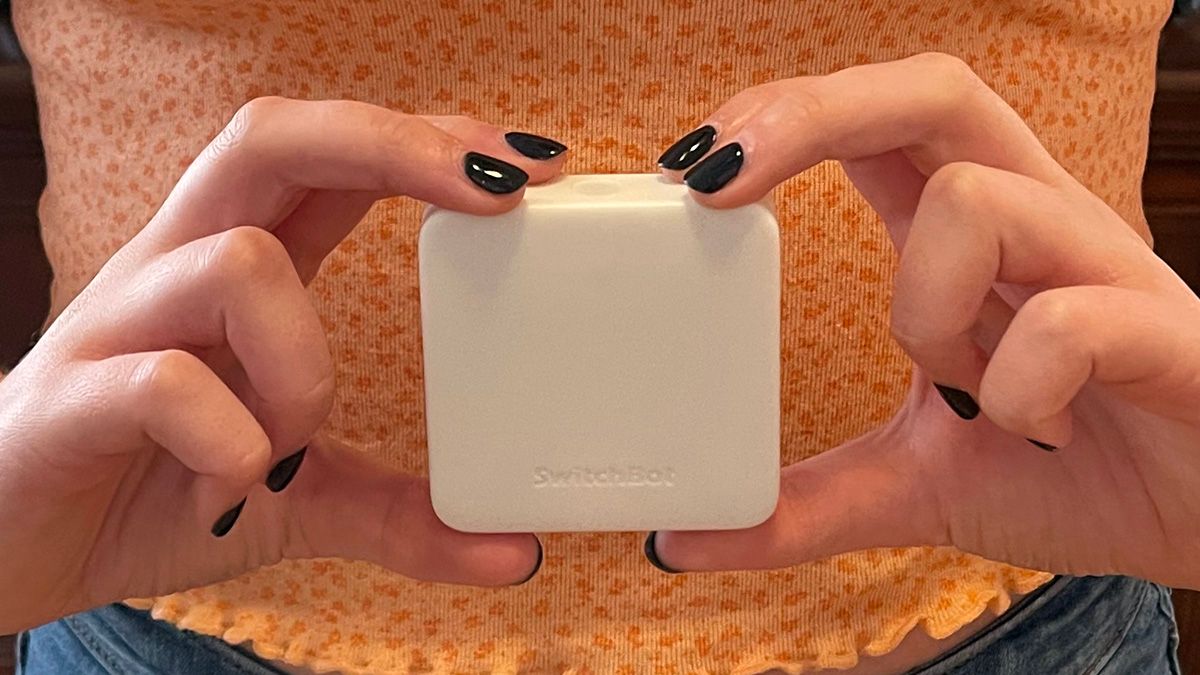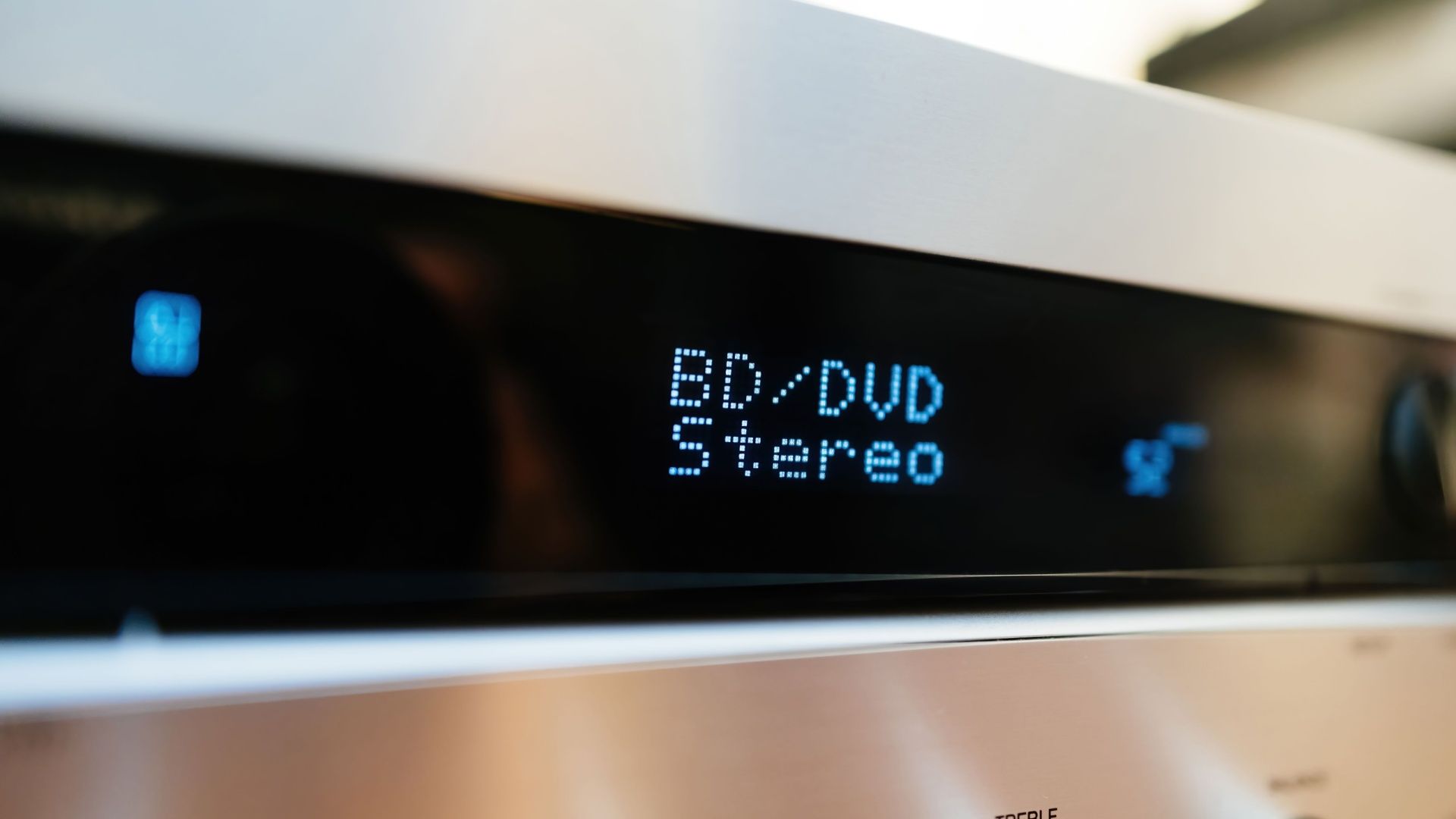Summary
- IR blasters let you control devices with IR remotes that wouldn’t be possible to control otherwise.
- An IR blaster can cost less than $20 and can add functionality to your smart home.
- IR blasters have limitations, such as line of sight requirements and a lack of feedback from target devices.
Smart home tech can be expensive. It might cost hundreds of dollars to replace your light bulbs with smart ones. However, some devices cost next to nothing but can make a huge difference to your smart home.
An infrared blaster is one of those devices. I bought one for less than $20, and it allowed me to add multiple devices to my smart home that I couldn’t use before.
What Is an IR Blaster?
In the good old days, the vast majority of remote controls worked using infrared (IR). Your TV remote may still work this way. Many modern remotes have begun to move away from IR. An Apple TV remote, for example, uses Bluetooth to communicate with the Apple TV box, although it can still use IR to control your TV.
When you press a button on an IR remote, a signal is transmitted by your remote and received by your TV. The signal is a pattern of pulses of infrared light, with each pattern corresponding to a specific command. One pattern might tell your TV to power on, and another might tell it to turn up the volume.
An IR blaster is a device that can transmit IR signals. It’s effectively an IR remote without the buttons. You can teach an IR blaster the patterns of pulses that control your devices and then use the IR blaster to send out these patterns.
For example, you can teach an IR blaster the pattern your TV remote sends out when you press the power button. The IR blaster can then send out the same pattern and turn on the TV without you touching your remote at all.

Related
SwitchBot Hub Mini Review: Making Infrared Devices Smart
An infrared blaster that can add functionality to your smart home ecosystem.
What Can You Control With an IR Blaster?
There are multiple ways to control an IR blaster. You can control one via an app, for example, and use your phone to control your TV. You can also add IR blasters to home automation systems such as Home Assistant and use automations to send out the IR signals.
However you control your IR blaster, it can open up a world of control over devices that are otherwise impossible to control from your smart home. For example, if your AC is controlled via an IR remote, you can’t usually set up an automation to turn it on when the temperature hits a certain value. By adding an IR blaster, however, you can send out an IR signal to turn on the AC whenever you want.
Plenty of other IR-activated devices would otherwise be impossible to control from your smart home. These include devices such as ceiling fans, electric fireplaces, set-top boxes, projectors, surround sound systems, TVs, DVD and Blu-ray players, portable heaters, dehumidifiers, LED light strips, and more.
How I Use an IR Blaster in My Smart Home
I have several devices in my home that can only be controlled via IR. By purchasing an IR blaster, I can now control them all directly from my phone or add them to automations.
Most of the devices I control using an IR blaster are in my living room. I have created my own custom remote control that can control all of my AV devices. Many of these, including my TV and surround sound system, require IR signals for at least some of the functions.
I also have a remote-controlled HDMI switcher, which I can use to select an appropriate HDMI input, as my TV has fewer HDMI ports than the number of devices I want to connect. I can use the IR blaster to select an HDMI input using my custom remote. I also have a fan and an air purifier that is controlled by the IR blaster.
Perhaps the most fun use is a cheap disco light that my kids received one Christmas, which came with an IR remote for selecting the different lighting modes. It’s set up near the ceiling, and now when the kids say “Alexa, it’s time to party,” a party playlist starts to play, the living room lights turn off, and thanks to the IR blaster, the disco light turns on. Instant party.
IR Blasters Have Some Limitations
One of the biggest limitations of an IR blaster is that, since it works by sending out pulses of infrared light, it can only work where there’s a clear line of sight between the IR blaster and the device it’s sending the signal to. If there are walls, furniture, or even people in the way, the signal won’t reach the device, and nothing will happen.
Another issue is that there is no feedback from the target device. If you send out a signal to turn on your TV, there’s no way to tell whether the TV has turned on or not. This can mess up your smart home automations, as your smart home will act as if the TV is on even if it isn’t.
IR blasters can also be fiddly to set up. If the IR remote you want to mimic isn’t in the database of your IR blaster, you may have to teach it each command manually by pointing the remote at the IR blaster and pressing each button in turn.
Adding devices to your smart home isn’t always easy. I added a smart plug to my fan, for example, but powering on the plug would only turn on the power; it wouldn’t start the fan. I had to press a button on the fan or its remote to make it start, but with an IR blaster, I can now control it remotely.
An IR blaster allows you to control devices that use IR remotes without having to keep track of the pile of different remotes you need. Not only can you control all your IR devices from your phone, but you can also add them to your home automations, making your smart home even smarter.











Leave a Comment
Your email address will not be published. Required fields are marked *